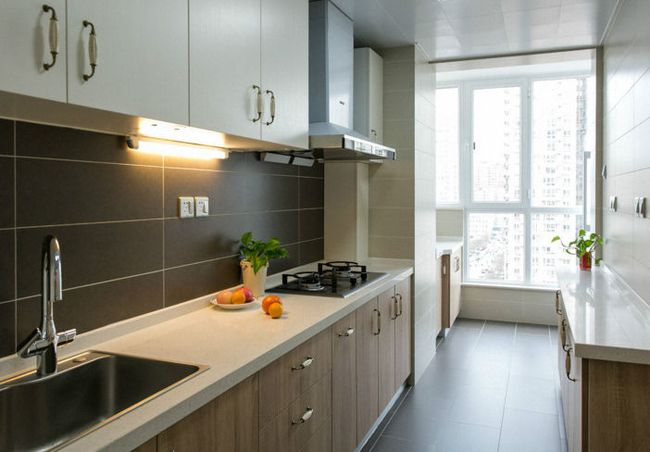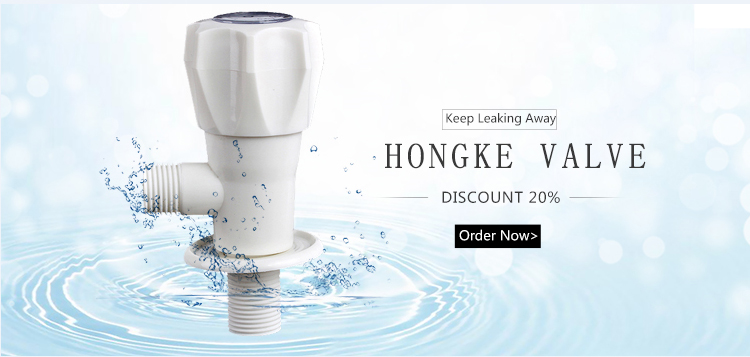Introduction to Angle Valve:
The angle valve is an angle stop valve. The angle valve is similar to the ball valve, and its structure and characteristics are modified from the ball valve. The difference from the ball valve is that the outlet of the angle valve is at a right angle of 90 degrees to the inlet.

Features of angle valve:
1. The flow path is simple, the dead zone and the vortex zone are small. With the help of the scouring effect of the medium itself, it can effectively prevent the medium from clogging, that is, it has better self-cleaning performance;
2. The flow resistance is small, and the flow coefficient is larger than that of a single-seat valve, which is equivalent to the flow coefficient of a double-seat valve;
It is suitable for occasions with high viscosity, suspended solids and granular fluids, or where right-angle piping is required. The flow direction is generally bottom in and side out.
Under special circumstances, it can be reversed, that is, it flows in from side to side and out from the bottom.

The triangle valve has two types of hot and cold (identified by blue and red signs). Most manufacturers have the same material. The hot and cold signs are mainly used to distinguish which is hot water and which is cold water.

The role of angle valve:
1, the angle valve is connected to the internal and external water outlets;
2. If the water pressure is too high, it can be adjusted on the triangle valve and turn it down.
3. The angle valve acts as a switch. If the faucet leaks, you can turn off the triangle valve instead of the main valve at home.
4. The angle valve is beautiful and generous. Therefore, the angle valve is an indispensable plumbing fitting for general new house decoration, so designers will also mention it when decorating a new house.
Applicable scenarios of angle valve:
1. The spout on the kitchen sink.
2, the water heater water inlet.
3, the toilet on the water.
4. The water on the washbasin.
Post time: Nov-10-2021








